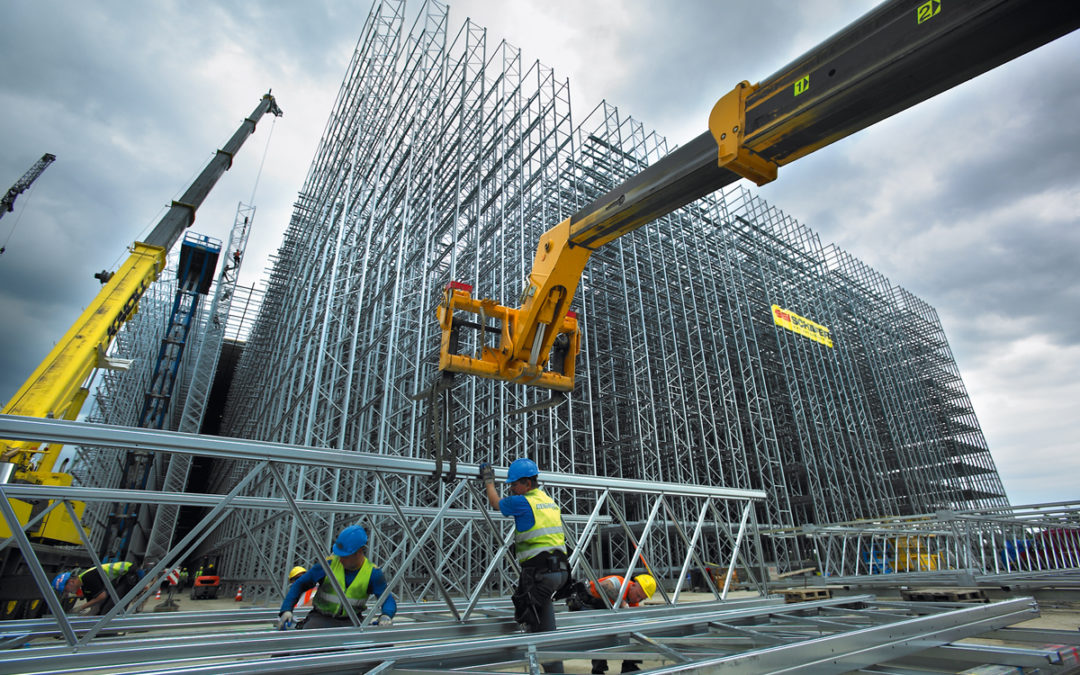The steel industry that includes all stainless steel exporters in India are critical to the health and vigor of human life and nature all around the world. The process of fabricating machines and structures out of raw materials is known as metal fabrication. Aluminum is a common metal fabrication material because of its low weight and corrosion resistance. Drilling, on the other hand, can be challenging. Stainless steel, on the other hand, is one of the most often utilized materials in this industry. It’s a chromium-iron alloy that’s known for its corrosion resistance, ease of maintenance, and familiar shine.
Due to its stability, strength, anti-corrosive, and high heat characteristics, stainless steel is one of the most commonly used materials for stainless steel fasteners. Steel’s strength is combined with its outstanding anti-corrosion and heat-resistance qualities to create a versatile, cost-effective alloy. There are three major grades of stainless steel: austenitic (300 series), martensitic, and ferritic.
While there are many experts in the steel industry who know what they’re doing, there are also some who lack the required expertise when it comes to dealing with steel.
When working with steel or in the production of stainless steel products, making certain errors may result in a slew of costly and sometimes deadly problems. As a result, it’s critical to know what typical mistakes people make while dealing with steel and how to avoid them.
Here are a few common errors individuals make while working with stainless steel.
Lack of Safety
If you deal with stainless steel, you must emphasize safety at all times, regardless of your business. This is not just a frequent blunder, but it’s also a possibly dangerous one.
Over 4,800 employees died on the job in 2015, according to the Occupational Safety and Health Administration (OSHA). Each year, that number is expected to rise as the number of construction and metal fabrication expands. A stringent set of safety requirements must be observed at all times while working with stainless steel. Project managers must maintain vigilance, and all equipment must be completely operational and up to code. When dealing with steel, each employee must also be adequately taught.
Lack of Cleanliness
Another typical error made by steelworkers is speeding through a task and skipping crucial cleaning procedures. It cannot be overstated: stainless steel surfaces and stainless steel forged fittings must always be properly cleaned before any work is done. Workers frequently believe that the heat generated by welding will burn away any residue on the steel. That isn’t always the case, though.
Oils, iron filings, and dust might cause a slew of issues if the steel surface isn’t cleaned. Many of these materials are combustible, and the region they sit on may heat up faster than the rest of the steel. This would result in unbalanced metal integrity once it cools. Furthermore, the presence of iron filings and other foreign elements in the finished product indicates that it is not pure stainless steel. Carbon is added to the weld by iron and some materials, weakening the connection and jeopardizing its longevity.
Welding or cutting with a lot of heat
Working with stainless steel necessitates the use of heat. However, excessive heat during the welding or cutting operation might cause issues. Traditional steel is considerably thicker than stainless steel. As a result, if you use too much heat during welding or cutting, the metal will thin down even more under the strain. The metal will then twist and bend, requiring workers to either start again with a fresh piece of stainless steel or spend time straightening it back to its original state. You should be OK as long as you go into each stainless steel job knowing what you’re doing and following safety protocols. If you’re hesitant, look out tips and tactics before dealing with stainless steel, talk to specialists who have done it before, and be as cautious as possible!
Distortion
Due to its low heat conductivity and rapid expansion rate, stainless steel is readily deformed during welding. You should utilize the lowest amperage feasible without sacrificing the weld quality to avoid distortion. To minimize distortion, regulate interpass temperatures and utilize controlled tack welding, clamping jigs, or a copper backing plate.
Contaminants on the Surface are Introduced
When working with stainless steel, a variety of surface contaminants might be introduced. While the metal is in the fabrication process, iron filings and other environmental pollutants can get onto the surface. Grease, chalk, or other contaminants may be on the handler’s hands when touching stainless steel. These pollutants have the potential to cause localization. Use an abrasive developed particularly for stainless steel grinding, blending, and deburring to avoid surface contamination. Separate stainless steel abrasives from abrasives for other metals, and never use an abrasive that has previously been used on another metal on stainless steel. Keep stainless steel in its original packaging for as long as feasible, and store it separately from other metamaterials.
When it comes to metal fabrication, it’s critical to do your homework because not all stainless steel exporters in India are capable of producing high-quality work. Prashaant Steel and Alloy has years of experience developing our abilities across the board in order to provide our clients with a high-quality product and quantifiable bottom-line benefit.


Recent Comments